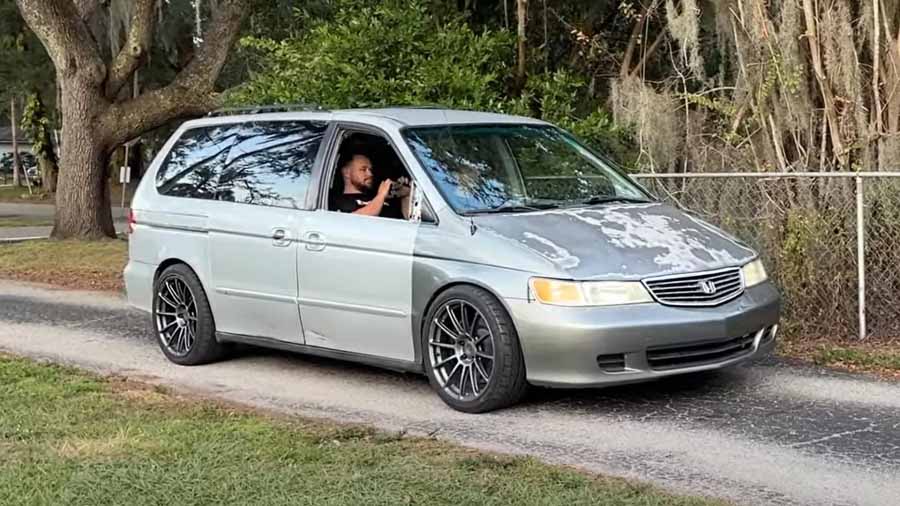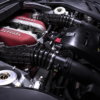
Despite all its versatility, the Honda Odyssey is one of the most boring cars in the world. The Tesla Model S Plaid, on the other hand, manages to combine practicality with incredible performance.
At first glance, the two vehicles may seem very different, but they have one key similarity that combines Tesla’s electric powertrain with a minivan body.
The project began with a 2001 Honda Odyssey, which was purchased for $500 (45 thousand rubles) with 290,000 miles (466,710 km) on the odometer. It turned out that the minivan has almost the same wheelbase length and width as the Tesla Model S Plaid.
So it was decided to install an Odyssey body on a Tesla chassis to make the perfect sleeper. The finished car was called Honda Plaidessey.

Before diving headfirst into the project, the team first had to make sure it was even feasible. To do this, instead of cutting up their perfectly good Model S, they used the chassis of a wrecked donor car. Once it became clear that everything from Honda (mostly) fit, we moved on to fitting minivan body panels onto a working Model S.
The biggest problem was with the door fastenings. The Honda’s wheel-to-door distance was shorter than the Tesla’s, meaning the door had to be moved forward about 15cm.
They then decided that before cutting up the body of their minivan, they would buy the body of another Honda Odyssey to test things out first. All that was left was to cut out the floor of the minivan, lift the body onto a lift, and then, after some trimming, install it on the Tesla chassis.
After a few months, the team was able to move from broken donors to working on crossbreeding parts from core vehicles. Having connected the body to the chassis for the second time, the craftsmen cut off the Tesla windshield, installed the original driver’s seat in place and raised it as high as possible. After that, they trimmed the minivan’s body some more and then strengthened the mounting points since cutting out the floor significantly reduced its rigidity.

The next step was to attach the doors, install the passenger seat, and reinstall all the body panels. A new windshield was also installed and the tailgate was put back in place, completing the transformation.
Even though the electric Odyssey looks like a complete car, the project is not yet complete. Firstly, the problem with the air suspension, which currently generates an error limiting the maximum speed, needs to be resolved.
You also need to somehow secure the radiator grille and hood. Finally, they plan to restore functionality to the rear sliding doors, install Tesla rear seats, and make sure the lights and power windows work again.
Subscribe to our Telegram channel






